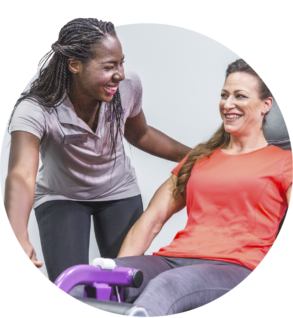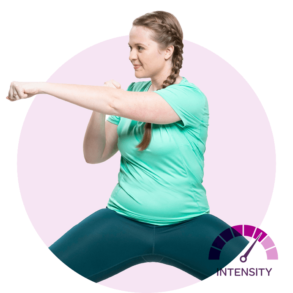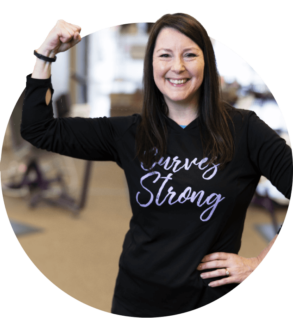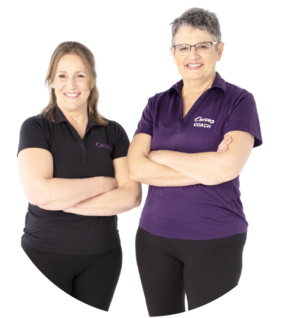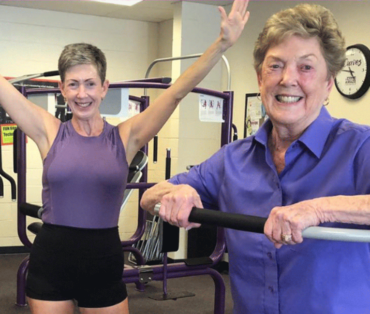The Workouts You Should be Doing in your 30s, 40s, 50s, and Beyond
They say strength training isn’t for sissies. If that’s true, sissies are quite possibly the only women strength training isn’t for. “Every woman, no matter what her age or situation, can benefit from it,” says D.C. Lee, Ph.D., assistant professor of kinesiology at Iowa State University in Ames and an expert in the health benefits of exercise. “The gains associated with strength training are significant across the age spectrum.” Here, five significant reasons—organized by decade—to start strength-training now, no matter what your age, and to stay strong into your 70s and beyond.
30s: Stay strong and make the most of your time
Young kids plus a maturing career can make for a colossal time crunch. Make sure you get the most bang out of your exercise time by strength training. In brand new research, Lee and his team recently found that study participants who replace half their aerobic activity with resistance exercise get bigger health benefits such as lower blood pressure and cholesterol levels than those who stick strictly with cardio.
40s: Stay strong and slim
As you age, your metabolism tends to slow—not simply because you’re older but because as you age, you tend to be less active, and the less muscle you have, the fewer calories you burn, simply by existing. “There are plenty of examples of older women who engage in regular weight lifting whose muscle mass and strength is similar to that of women in their 30s,” says Lee. Bonus: Strength training allows you to target specific areas, such as your waist, that years of childbearing may have, well, distorted a bit. Aerobic exercise does not.
50s: Stay strong for bone strength
It’s completely normal for women to begin to lose bone density from about the age of 35, but after menopause (the average age of menopause in US women is 51), bone loss can increase—and rapidly. In fact, women can lose up to 20 percent of their bone density in the five to seven years after menopause. Unless? You got it: You strength train. Studies show that consistent strength training can prevent bone loss, particularly in the spine and hips, which are the areas most affected by osteoporosis in women.
60s: Stay strong against diabetes
The average age of diagnosis of Type 2 diabetes for US women is 55, and the prevalence of the debilitating disease among American women only rises in the next decade of life. Research out of the Pennington Biomedical Research Center in Baton Rouge, part of the Louisiana State University System, has shown that a combination of aerobic exercise and resistance training—but not aerobic exercise alone—can improve hemoglobin A1c (or, HbA1c) levels in women with diabetes. HbA1c levels, which reflect blood glucose levels over the previous six to eight weeks, act as a sort of report card for control of the disease. Strength training gets you an A.
70s-plus: Stay strong for a strong mind
Your body responds in myriad ways to exercise—with lower blood pressure, stronger bones, better blood sugar levels, and, according to new research, measurable brain gains, a benefit that’s especially important (and a significant reason to exercise) at a time in life when mental fitness can tend to slip. “Exercise researchers have traditionally looked at outcomes below the head,” says Lee, “but we’ve recently started to correct that. There aren’t many studies yet, but there is data that supports an improvement in cognition in people who strength train.”
Your Curves Coach is there to lead you through every gym workout. With your Curves Coach success is within reach. Visit ‘Why Curves’ to find out more about Curves women’s only gyms and our full body workout on the Curves Circuit, or find your local Curves and sign up today!

